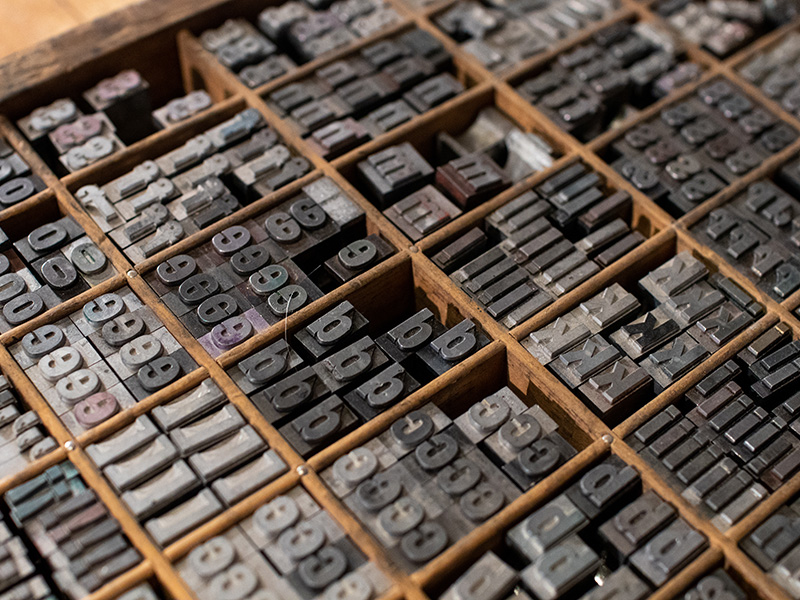
What are the Experts Saying – Business Foundations: Week 1 – Part 1

As mentioned in my previous intro post, this module is about the business aspect of the graphic design industry. This first lecture was a series of interviews were established graphic designers who have their own design studio talked about how they started out as graphic designers, what are the important pieces of the puzzle and asked what advice would they give to aspiring graphic designers who would like to venture out in this business.
Starting Out in the Business
Although he may sound blunt, I really liked the way Simon Manchipp – founder of SomeOne, answered the questions, as he says it how it is. The other designers that were interviewed all mentioned that a space and a good computer are essential to work with, only Manchipp said straight up that in order to have a business, first you need clients. As obvious as it may sound, only he mentioned it, and I could not agree more. Find a demand to which you can supply. The creative world is becoming ever more competitive, and offering a service that is already there to begin with and go ahead and spend all your life savings in an office space and state-of-the-art equipment only to find that no one is reaching out for your services, all the efforts will be futile.
Julian House and Adrian Talbott from Intro also brought up some very valid points. They mentioned four points in total:
- You need to be a good designer (that’s a bit obvious);
- You need to be passionate in what you do;
- Be a people person;
- Be business oriented.
The second point really struck me. Passion in what you do is very important. You need to enjoy and believe in what you do. Doing things half-heartedly will reflect in the final product and clients can sense that. On the other hand, putting your heart into your work, makes it more enjoyable for yourself as a designer, plus you will also be more willing to invest time in your potential business.
Following up on that, being a people person also helps greatly. You need to have the patience and empathy to listen to your clients’ needs. You need to bear in mind that these are not designers like us, some might not even be remotely close to familiar to how the creative industry works, meaning that you also have to be ready to give out a lot of explanations and repeat yourself. It may sound daunting, but such a scenario is present in many businesses. In conjunction with this, as with any business, you need to have the neck for it. You can be the most well-rounded designer on the planet, because if you cannot sell your service, reach out to clients and able to manage the other non-design related tasks that come with the business, it is a lost battle.
Many believe that succeeding in business is a matter of luck, but I beg to differ. Whilst I would not turn away a stroke of luck should I decide to run solo, I think that business is really a question of solid planning and calculated risks. Ideally, the first thing to identify your target market and your unique selling proposition. Also, I am very well aware that not everyone is cut out for business. That being said, should you really want to try this out, the least you can do is to seek out some advice and take it slow. Do not run to the bank and get yourself neck deep in debt. You can start off your potential business as a side project and take it from there.
Tools of the Trade… and an Accountant!
All interviewees agreed that it is important to have good tools and comfortable surroundings. Sarah Boris elaborated a lot on this topic. Along with a good computer, she also mentioned that a comfortable studio space is equally important to be inspired and generate ideas more easily. She described how her first studio space was shared space that belonged to a design collective. Whilst she really liked it there because it was full of creative people from different areas of the industry, sometimes interjection from others was not welcomed and she found it distracting.
This similar point was mentioned by Tom Finn and Kris Soeilling from Regular Practice. The also mentioned that a good machine and some form of office space is important. That being said, Soelling continued by saying that in the beginning it is important to control your spending – a really good laptop to start off with can get you very far as well as a comfortable chair. No need for 4K screens and fully ergonomic desk chairs to begin with. He describes such things as convenience.
Another point that all the experts agreed on is to hire an accountant. I think that it is common knowledge (even though not many like to talk about it) that us designers are not really the type of people that enjoy looking at a balance sheet for most of the day. Therefore, if we are not willing to do it, get someone who would. Cashflow is important in order to keep the business going. Manchipp said that when managing a business, 90% of the tasks are not design-related, however they are what keeps the wheels turning in the business. Sarah Boris also mentions that it is good to have a cash-cushion as a backup plan in case your computer breaks down or something unforeseen crops up.
Again in relation to finances, Sam Winston brings up a very important point that many designers, me included sometimes struggle with – quantify your work and putting a price tag on it. For me this is probably the most difficult task whenever I had to put together an estimate for a project. He believes that sincerity and transparency is key when it comes to this, both to yourself and to the client. Being sincere to yourself means that you take into consideration all the expenses involved in a project, including the electricity consumption iff needs be. As for the clients, showing them a breakdown of why the final price is what it is – showing them how many hours will a step take, as well as specifying the number of revisions will the price cover – they will probably be more likely to accept the estimate.
Some Last Pieces of Advice
To conclude the first part of the lecture, the designers interviewed were asked to give some advice for aspiring design entrepreneurs. All of them had different yet equally good pieces of advice. Advice ranged from being administrative to personal, but the bottom line was that as you are the owner of the business, build this business in such a way that it is efficient and comfortable to you. That way it is enjoyable. In addition, it is also good to build a relationship with your clients, as that builds trust, and trust brings loyalty. To conclude, whilst in the beginning it may seem difficult and you might need to pill some strings here and there, there is no shame in being selective in who you work with and the kind of jobs to take. Designers are instinctive, we naturally go with our gut feeling most of the time.





